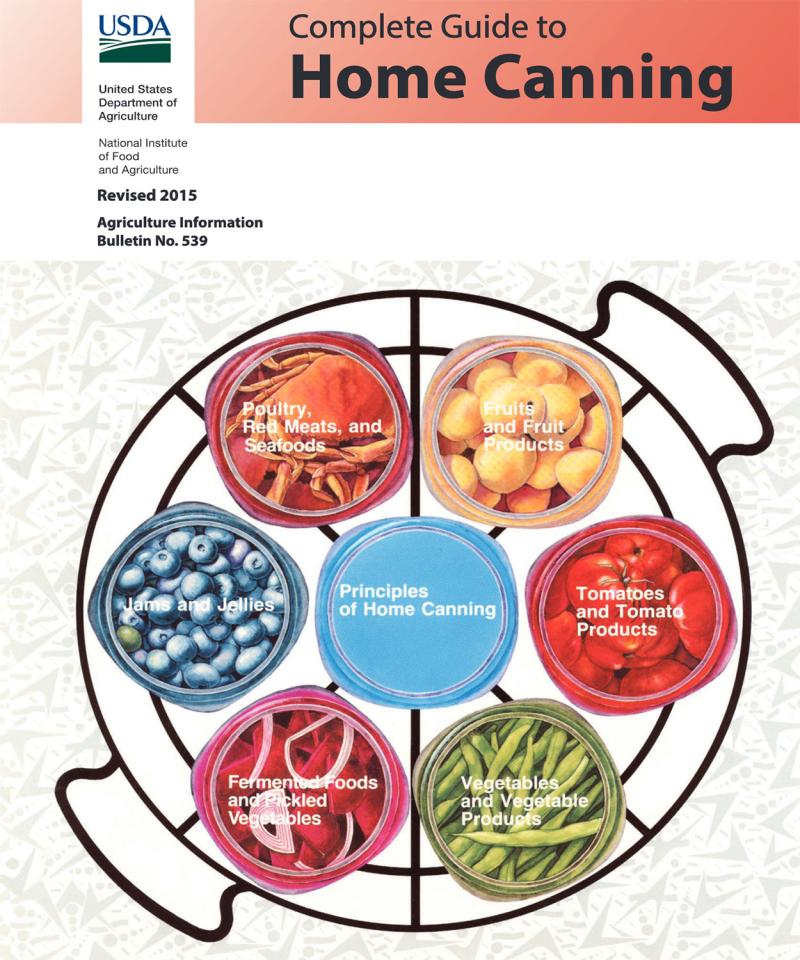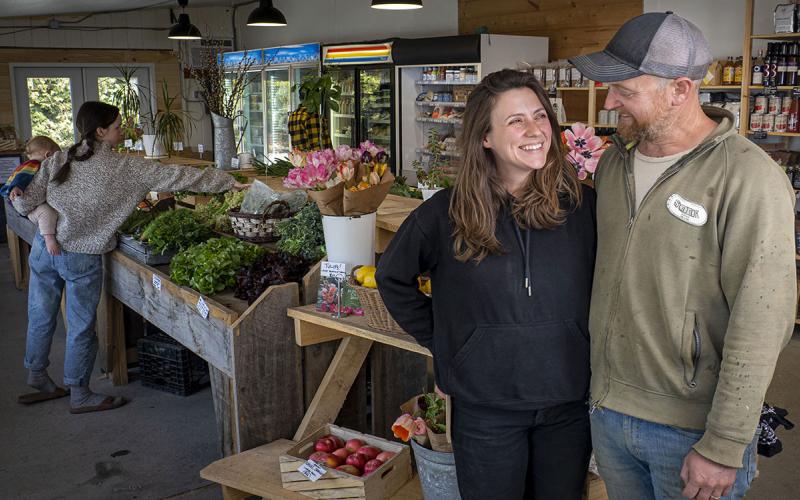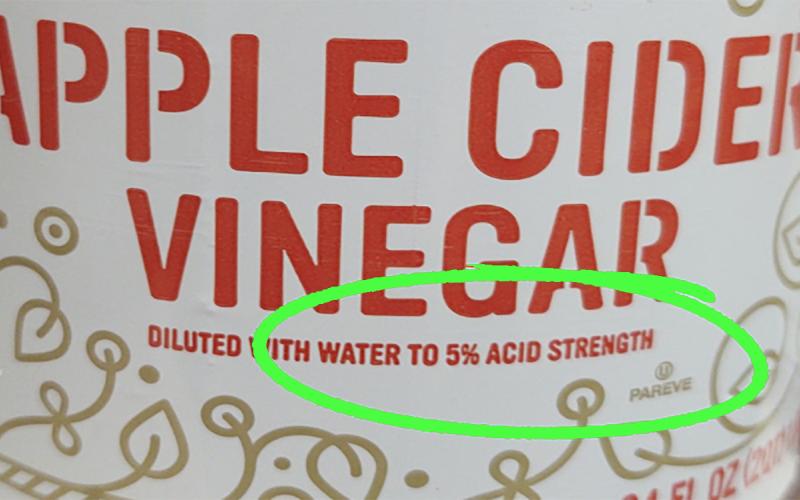Written by Abigail Lambert, SDSU Extension Food Preservation Intern, under the direction and review of Curtis Braun, SDSU Extension Food Safety Field Specialist.
Preserving foods through canning, freezing, dehydrating and fermenting allows us to enjoy our favorite food products all year round. The key to a safe and delicious product starts with the preservation recipe. Not all preservation recipes are created with the same level of safety and science behind them. Bacteria and toxins can form in food that is not preserved correctly and may not be visible to the naked eye.
Here is a list of recommended sources that offer safe, evidence-based recipes and step-by-step preservation method procedures.
Recommended Resources

-
USDA Complete Guide to Home Canning
The USDA’s Complete Guide to Home Canning is a comprehensive guide to home food preservation and contains research-based canning principles and recipes for the home preserver. It was created in cooperation with the USDA’s National Institute of Food and Agriculture and the National Center for Home Food Preservation. This guide is free online or can be purchased as a spiral bound book. -
National Center for Home Food Preservation
The National Center for Home Food Preservation was created through funding provided by the Cooperative State Research, Education and Extension Service and the U.S Department of Agriculture. It’s a one-stop shop for current safe research-based preservation methods and recipes. Visit their website for more information about canning, freezing, dehydrating, curing and smoking, fermenting, pickling, and jams and jellies. -
SDSU Extension Resources
SDSU Extension’s website features great sources for up-to-date and safe food preservation information. SDSU Extension has a webpage dedicated to food preservation and the Pick it! Try it! Like it! Preserve it! curriculum is filled with tips for selecting, preparing and preserving a wide variety of fresh produce. -
North Central Food Safety Extension Network
The North Central Food Safety Extension Network website has the latest food preservation information shared through resource links, journal articles, and a bimonthly online newsletter. The North Central Regional Center was created in collaboration with 12 different state extension offices, including SDSU Extension. Visit their website to sign up for their bimonthly newsletter.
Before Selecting a Recipe
Before using a recipe, ask yourself:
- Is it from a reliable source?
- Does it use a safe preserving method?
- Did the source indicate it was evidenced-based and tested for safety in a lab?
- Would I feel safe serving it to my loved ones?
Although food preservation has been used for thousands of years, practices and recipes continue to be updated as more research emerges. Staying up to date on changes is an important part of enjoying home preserved foods while keeping you and your family safe and healthy.


